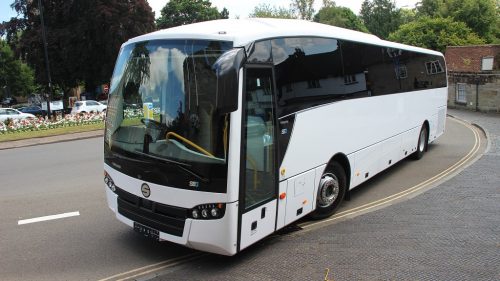
Gareth Evans test drives Volvo’s high capacity 72-seater coach, the Sunsundegui SB3-bodied Volvo B8R
High capacity school contract coaches may lack the ‘glamour’ of a premium tourer, but they’re important workhorses. It’s not uncommon for operators to have at least one in their fleet. Perhaps less commonplace are new high capacity vehicles – cascaded mid-life coaches, converted to 70-seaters tend to predominate. That’s not to say there isn’t a market for a new high capacity motor of course – particularly at time of tightening emissions regulations, and hence the anticipated demand for more modern, compliant vehicles.
In conjunction with its Spanish bodybuilder partner Sunsundegui, Volvo Bus UK & Ireland has gone out of its way to develop a coach with the needs of operators firmly in mind – while retaining the safety features and proven driveline of Volvo, with all the benefits that brings.
On first impressions, the SB3 […]
What you get with a subscription
- Operator & Supplier Profiles
- Face-to-Face Interviews
- Lastest News
- Test Drives and Reviews
- Legal Updates
- Route Focus
- Industry Insider Opinions
- Passenger Perspective
- Vehicle Launches
- and much more!


